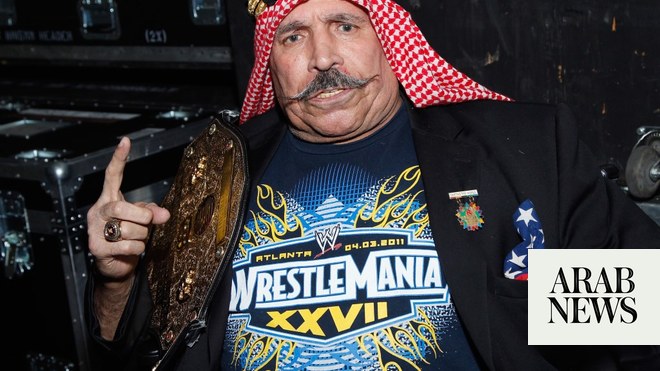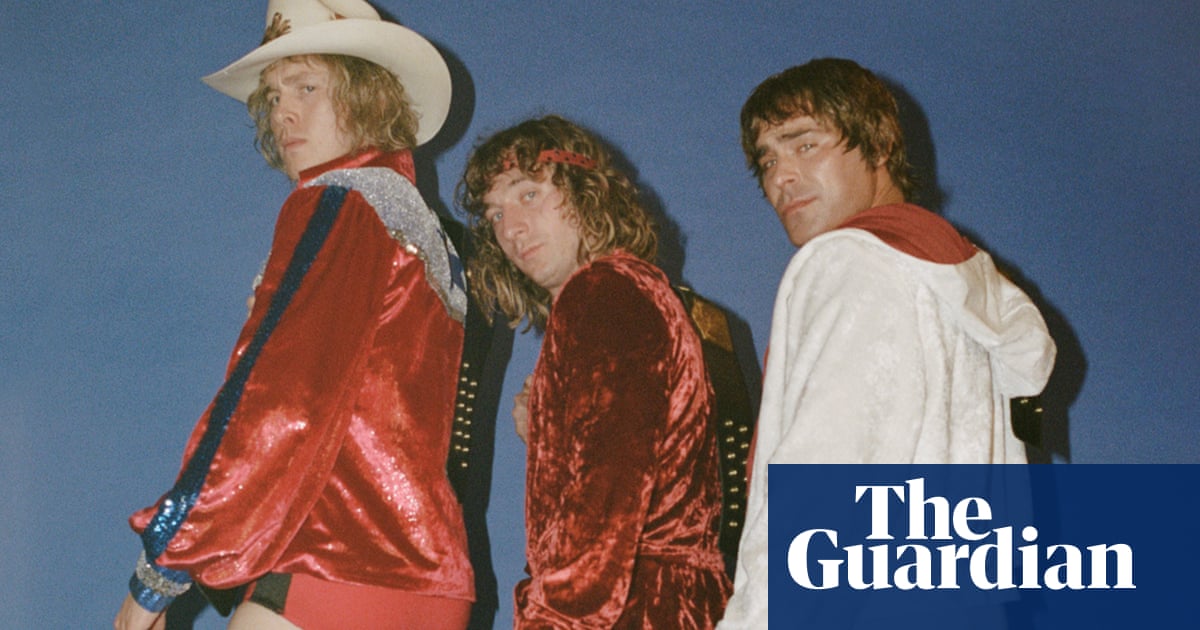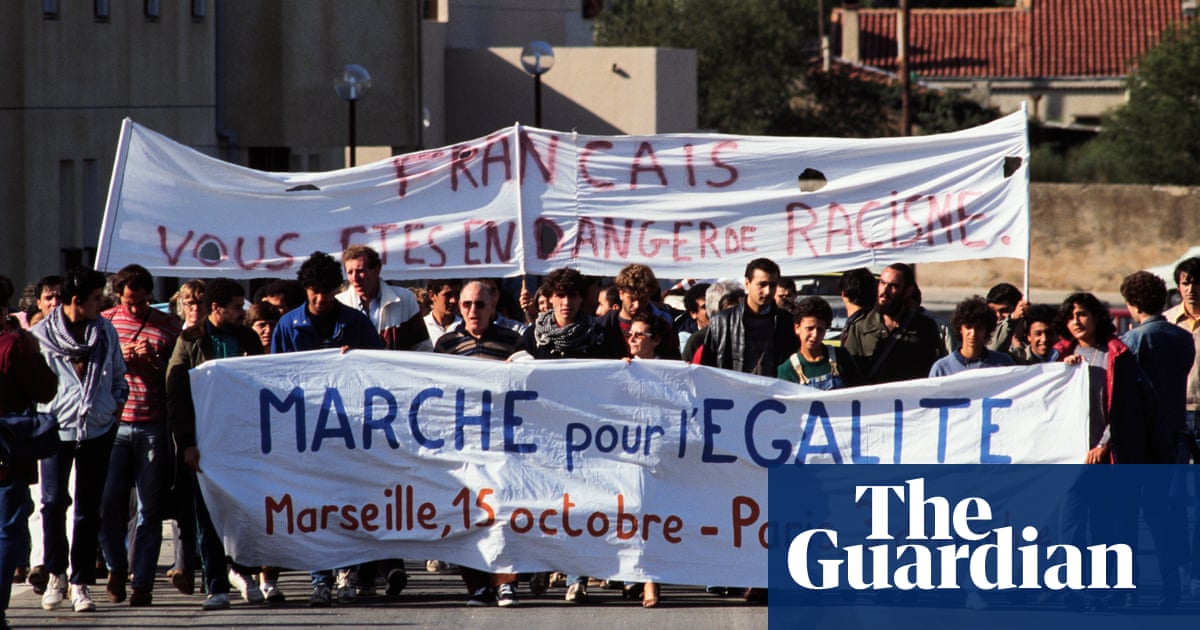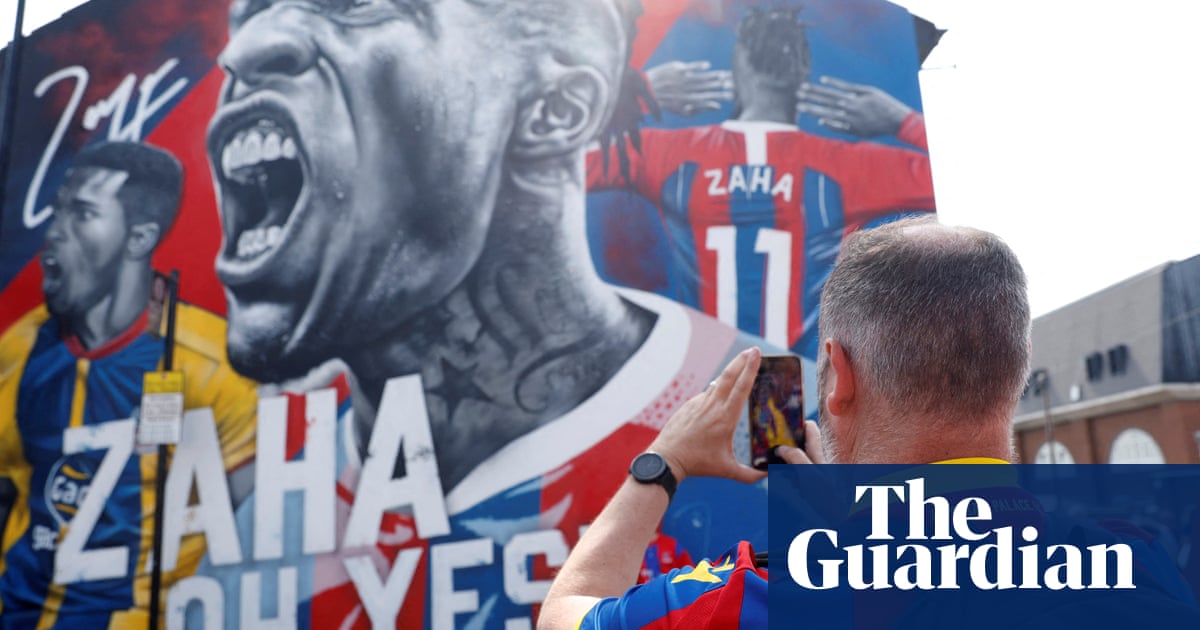
Hossein Khosrow Ali Vaziri, who played a variety of villains and heroes throughout his career, passed away at 81 on Wednesday
RIYADH: The professional wrestling world this week lost a pioneering figure in Hossein Khosrow Ali Vaziri, better known to fans as the Iron Sheik.
For the latest updates, follow us on Twitter @ArabNewsSport
The Persian trailblazer is a former WWE champion, tag team belt holder and, in 2005, was inducted into the organization’s Hall of Fame.
Vaziri, born on March 15, 1942, in Damghan, Semnan province, Iran, passed away on Wednesday at the age of 81.
Throughout the majority of his career, the Iron Sheik played the role of fanatical foreign menace, attracting hate from fans, particularly in the US.
Often mistaken for an Arab, Vaziri was the first major presence from the Iranian wrestling scene at international level.
He competed for Iran’s Greco-Roman wrestling team at the 1968 Summer Olympics in Mexico City, and later moved to the US where he became the assistant coach of two Olympic wrestling squads in the 1970s.
In 1971, Vaziri became the Amateur Athletic Union Greco-Roman wrestling champion and gold medalist, and later assistant coach to the US team at the 1972 Munich Olympic Games.
That same year Vaziri was invited to become a professional wrestler for promoter Verne Gagne’s American Wrestling Association.
After competing for various promotions, the Iron Sheik’s evil, foreign-menace persona, as well as his wrestling skills, caught the attention of the WWE, then still the World Wrestling Federation, in 1979.
He made his debut in grand fashion by winning the first-ever Battle Royal at Madison Square Garden in New York City. This earned the Iron Sheik an unsuccessful title shot later that night against then-WWF champion Bob Backlund in a memorable 30-minute showdown.
After several touring stints with other promotions, Vaziri returned to the WWF in 1983 and challenged Backlund for the World Heavyweight Championship again, this time successfully, making him the first Persian to achieve that feat in wrestling.
A year later, the Sheik was scheduled to have a rematch with Backlund, who was replaced by Hulk Hogan. Hogan won his first WWF championship after delivering his signature leg-drop move, in a moment chronicled by many as the beginning of “Hulkamania.”
Vaziri then had a memorable feud with Sgt. Slaughter, who played the role of a member of the US military. This rivalry played off the timely tensions between the US and the Sheik’s homeland of Iran. The two had a macabre “boot camp” match in June 1984 at Madison Square Garden that is highly acclaimed by wrestling fans to this day.
Ramping up his bad-guy image, the Iron Sheik partnered with another hate figure to US audiences in Nikolai Volkoff of the Soviet Union.
The pair competed under the management of “Classy” Freddie Blassie, and together won the WWF World Tag Team Championship from The US Express — Barry Windham and Mike Rotundo — at the inaugural WrestleMania in 1985.
After further forays into other wrestling promotions, Vaziri returned to the WWF in 1991 as Colonel Mustafa, and was now aligned with former enemy Sgt. Slaughter, alongside Adnan Al-Kaissie, a former Iraqi professional wrestler and manager, who was known as General Adnan.
Sgt. Slaughter and Colonel Mustafa were portrayed as Iraqi sympathizers through the duration of the Gulf War, and the trio became known as the Triangle of Terror, sparking inevitable hatred from WWE fans by feuding with Hulk Hogan and the Ultimate Warrior.
At WrestleMania 17 in 2001, Vaziri won a Gimmick Battle Royal match between other popular or outlandish wrestlers from the 1980s and 1990s.
The villainous Iron Sheik, who by then had gained a cult following among wrestling fans, was now cheered by those who once jeered him. He was inducted into the WWE Hall of Fame Class of 2005.












